What is the birth flower for all 12 months? Learn their meanings
Birth flowers, like birthstones and zodiac signs, hold a special significance, offering a unique way to celebrate and connect with individuality. Rooted in history and tradition as far back as the early Roman Empire, each month's bloom carries symbolic meanings that resonate with the traits and qualities of those born in that particular month.
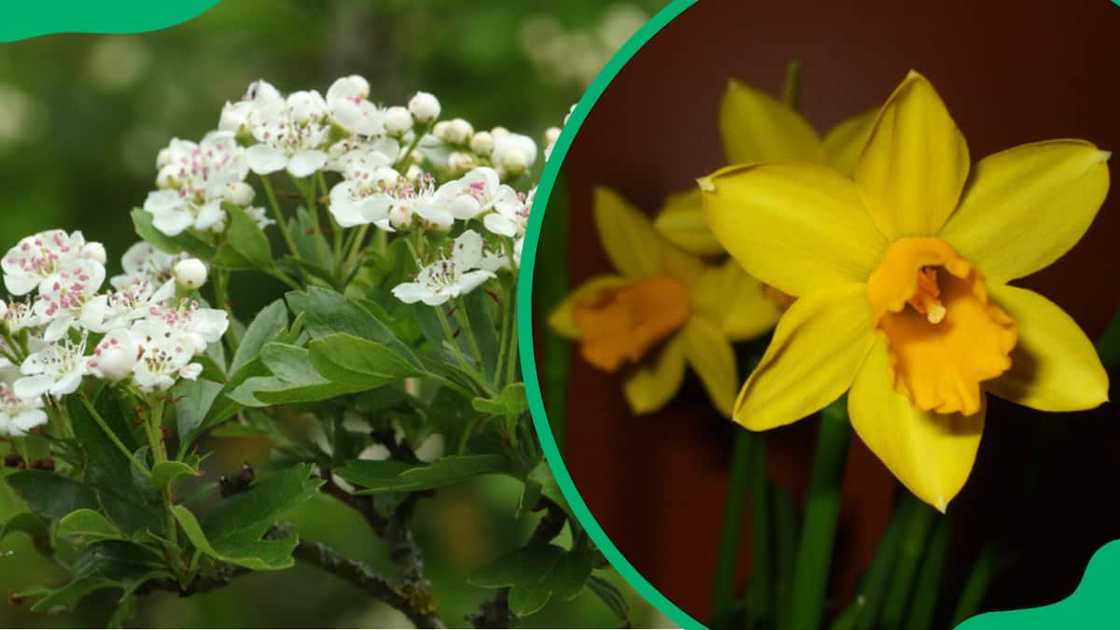
Source: Getty Images
Most of the months are associated with two flowers each, except November, which has just one. But why are there two birth flowers for each month? This is primarily because of cultural variations and the absence of some flowers in certain regions.
What is the birth flower for all 12 months?
Knowing birth flowers by month alongside the meaning they propagate is one way to ensure you give your loved ones the appropriate gift. So, find the flowers and what they signify below:
January – Carnation and Snowdrop
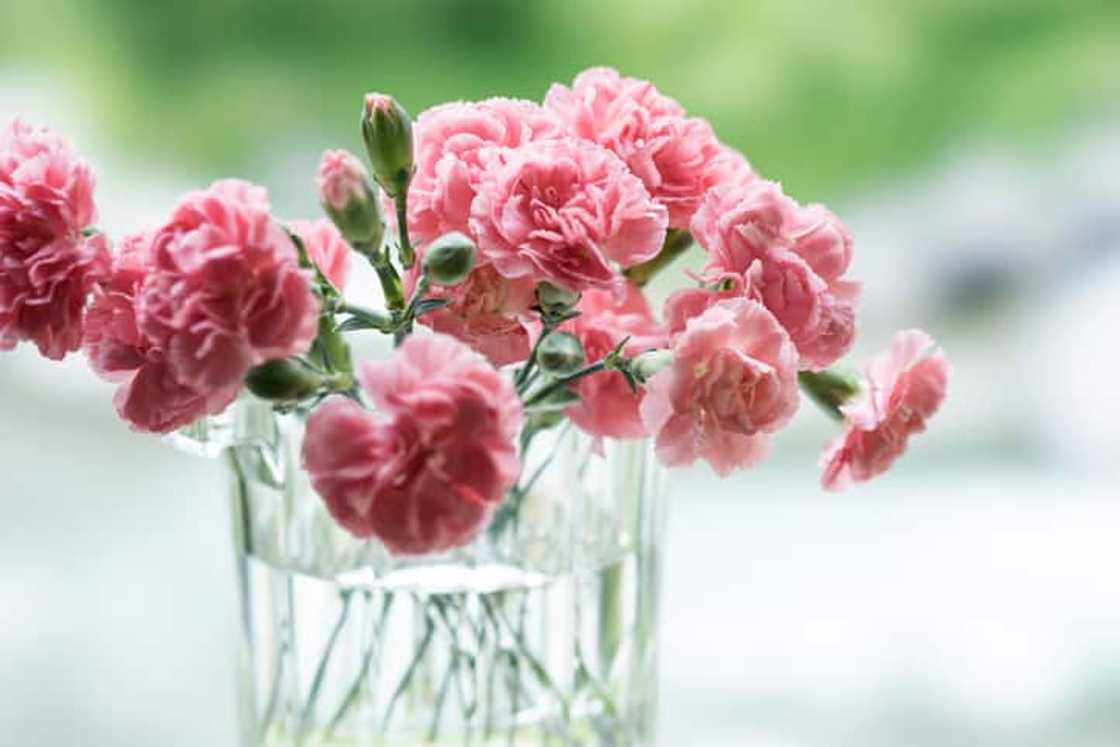
Source: Getty Images
January is adorned with carnations and snowdrops as its birth flowers. The carnation symbolises devotion, love, and loyalty with its ruffled and colourful blooms. Its enduring nature, thriving from summer into winter, mirrors the resilience and perseverance of those born this month.
What do white petals symbolise? Snowdrop's white petals represent innocence and purity, signifying hope as it emerges amidst winter's end.
February – Violet and Primrose
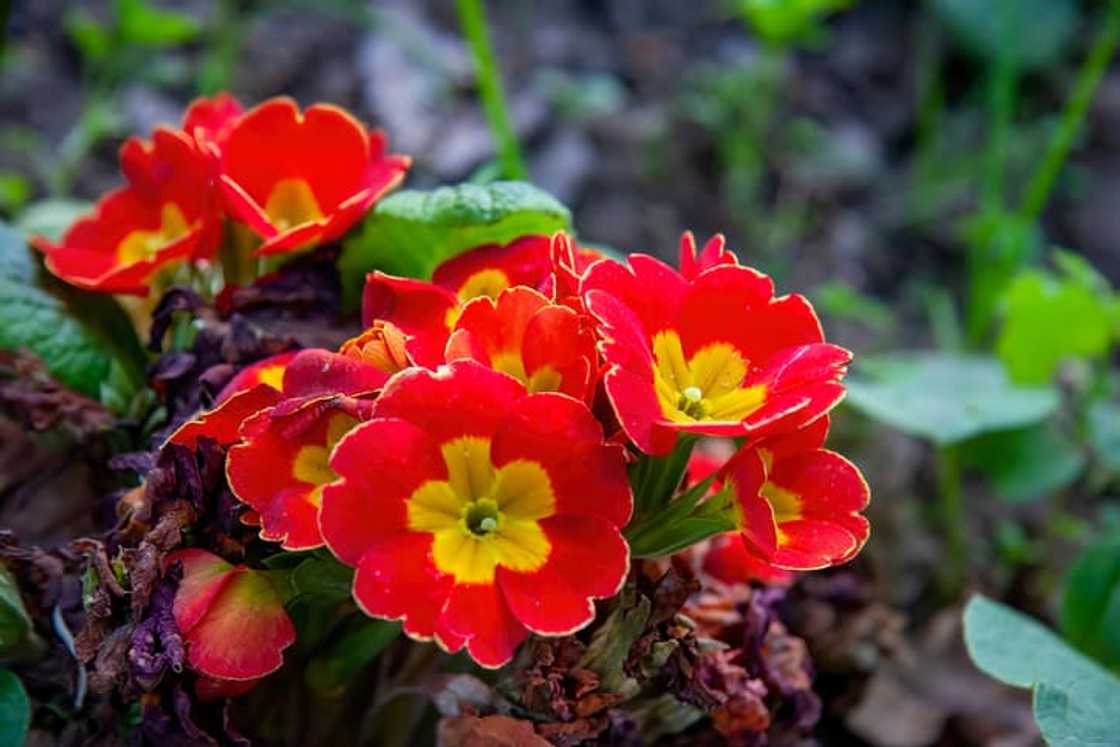
Source: Getty Images
What is my flower according to my birthday? This month features violet and primrose. With their heart-shaped petals, Violets symbolise virtue, modesty, and humility.
This, often linked to love potions, captures the essence of faithfulness, loyalty, and devotion. Their presence heralds the arrival of spring, encapsulating the theme of renewal and budding romance associated with February.
March – Daffodil and Jonquil
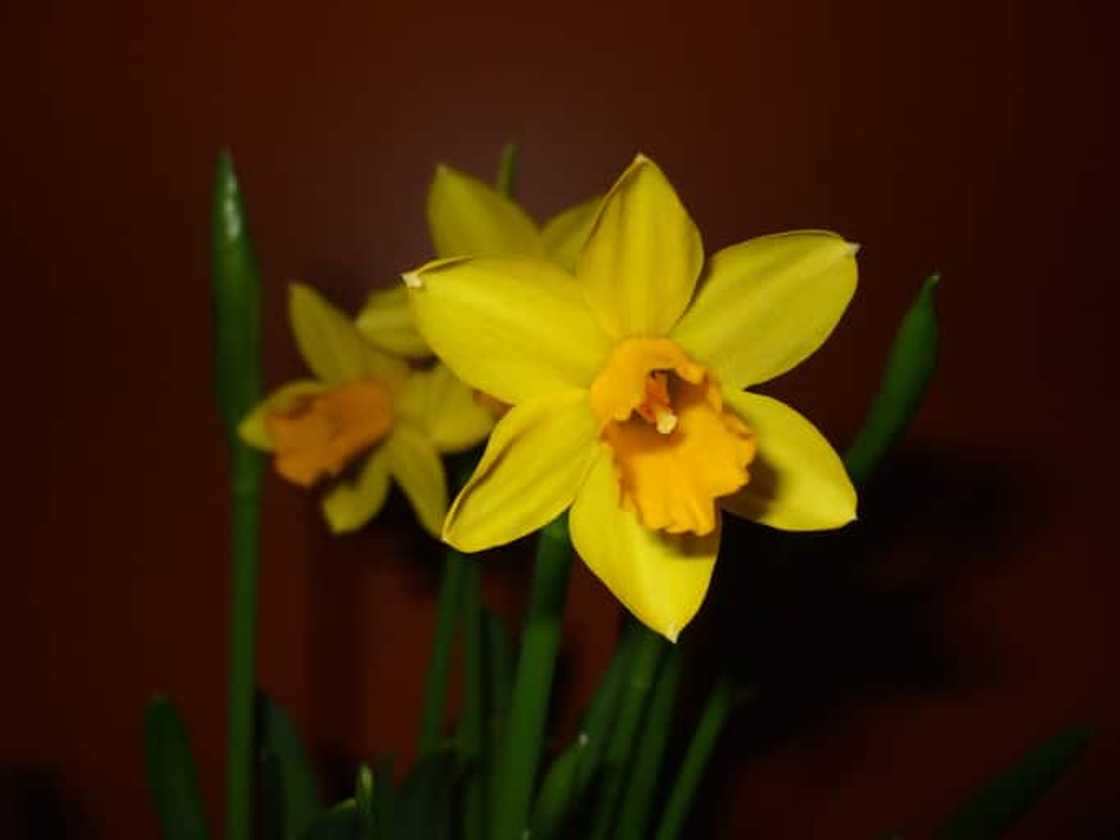
Source: Getty Images
On the cusp of seasonal change, March introduces the daffodil and jonquil as birth flowers. Their bright yellow and white petals embody new beginnings, happiness, and hope. March babies, considered optimistic and happy, align with the vibrant colours.
Daffodils, known for their trumpet-shaped centres, represent rebirth and fresh starts, while jonquils, part of the Narcissus genus, convey protection and love. The fragrance of daffodils, sweet and subtle, enhances the cheerful aura associated with this birth month.
April – Daisy and Sweet Pea
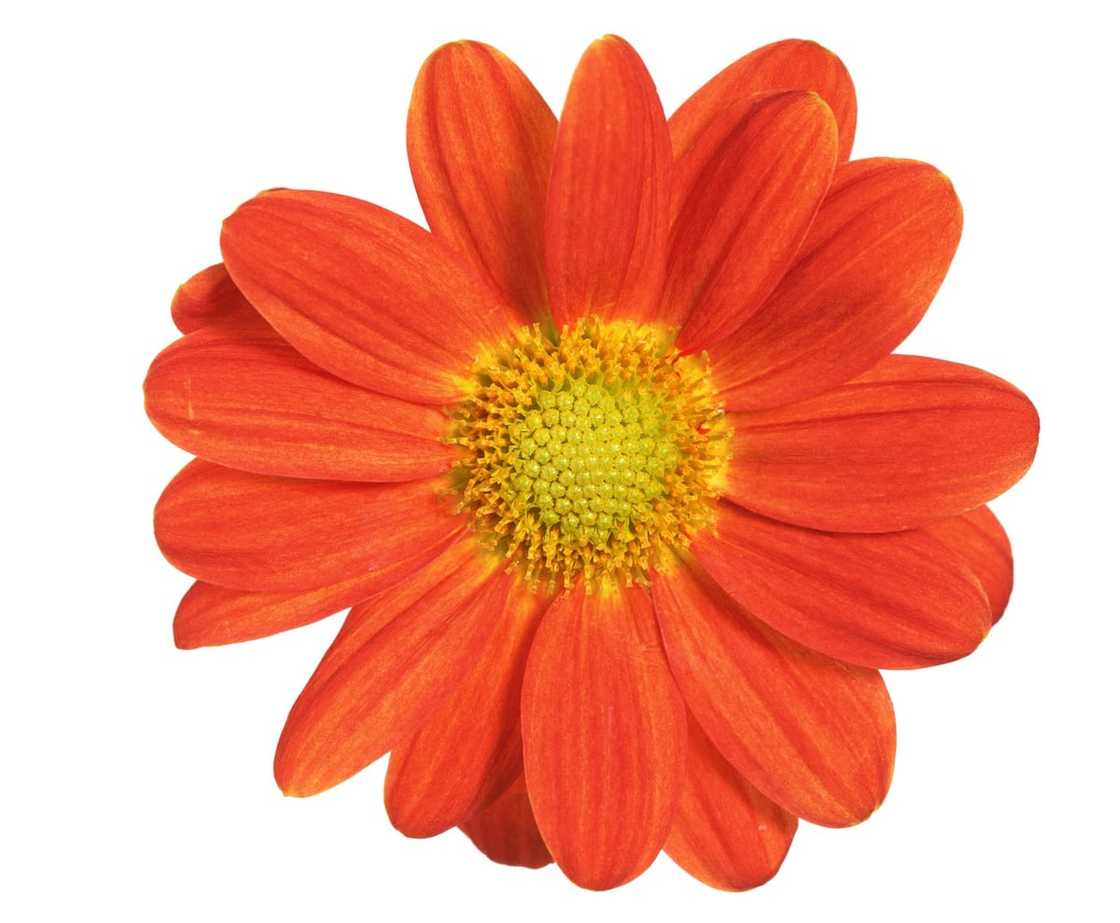
Source: Getty Images
April flower of the month, the humble daisy and sweet pea exude purity, innocence, and blissful pleasure. Daisies' bright yellow centres and white petals represent motherhood and new beginnings.
Sweet peas represent the fragility of delicate pleasure and bliss with their romantic ruffled petals in various shades. The honey-like redolence of sweet peas enhances the overall sensory experience, making them ideal for gifting and adorning special occasions.
May – Lily of the Valley and Hawthorn
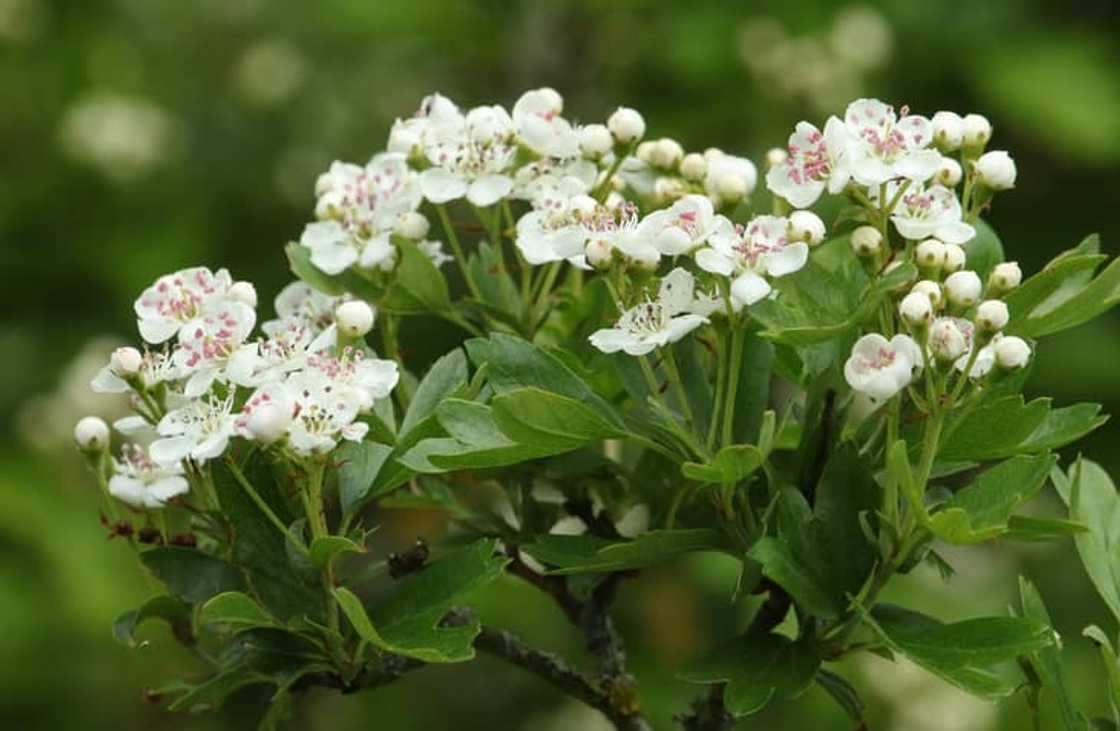
Source: Getty Images
The flower of May is often represented by the Lily of the Valley and Hawthorn, which resonate with purity, humility, and protection. Lily of the valley, with its bell-shaped flowers, symbolises sweetness and the return to happiness. Hawthorn, also known as the May tree, signifies hope, joy, and protection against evil spirits.
June – Rose and Honeysuckle
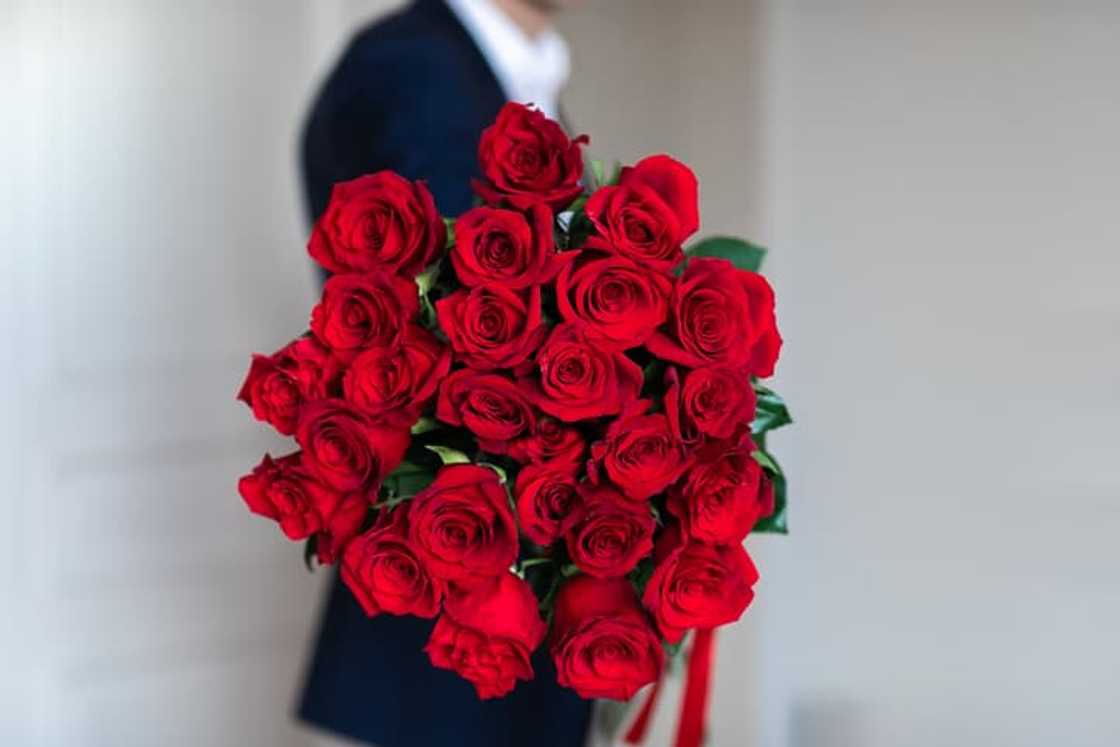
Source: Getty Images
Often associated with weddings, June presents the classic rose and sweet-scented honeysuckle as birth flowers. Roses, cherished for their elegance, hold diverse meanings based on colour – from romantic love to friendship.
Honeysuckles symbolise pure happiness, affection, and everlasting bonds with their tubular flowers and resilient vines. The fragrance of roses, varying in intensity, complements the delightful aroma of honeysuckle.
July – Larkspur and Water Lilies

Source: Getty Images
Larkspurs, associated with dignity and positivity, join water lilies as the July flower of the month. With their spikes, Larkspurs symbolise an open, welcoming heart and strong bonds of love.
Water lilies, emerging from the mud, represent innocence, purity, and enlightenment. With their delicate beauty and tranquil symbolism, these flowers create a poetic representation of July-born individuals and their affectionate and positive nature.
August – Gladiolus and Poppy
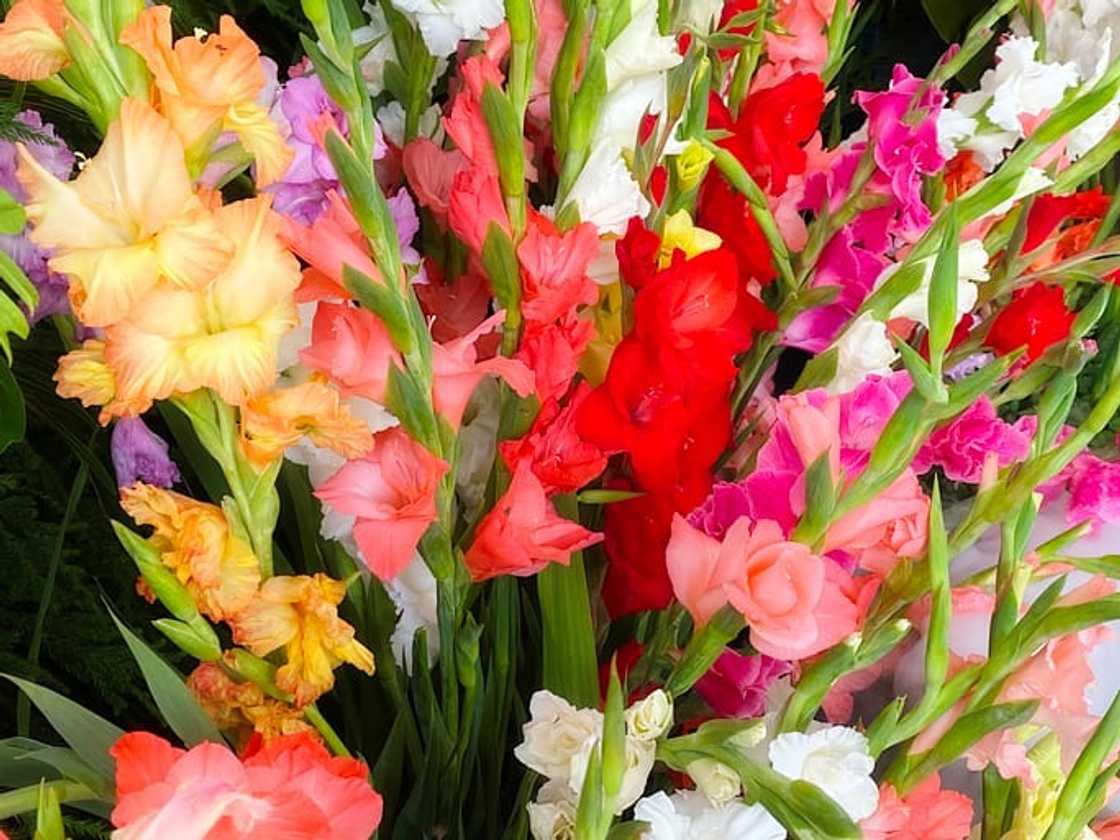
Source: Getty Images
August, characterised by gladiolus and poppy, showcases vibrant symbolism. Gladiolus, named after the Latin word for sword, signifies strength, moral integrity, and generosity. These tall and dramatic flowers, available in various colours, captivate with their pointed tips.
Poppies, with their calming and healing associations, symbolise relaxation and recovery. August-born individuals embody strength, generosity, and a connection to historical significance.
September – Aster and Morning Glory
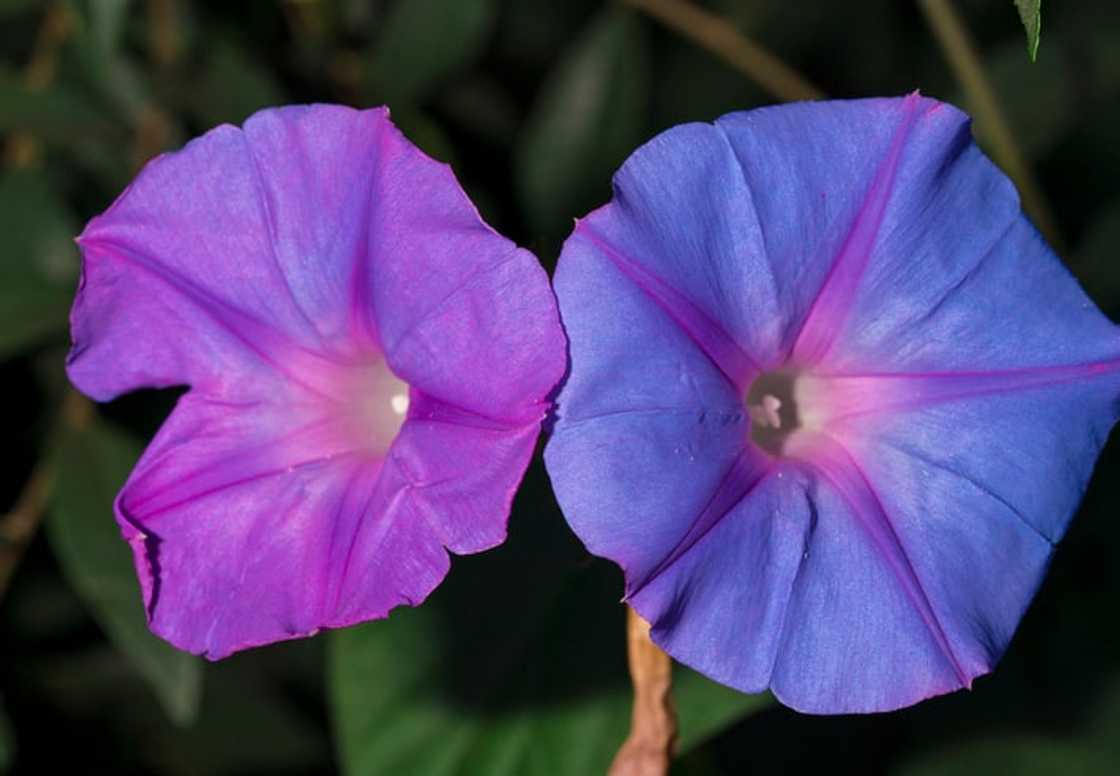
Source: Getty Images
September is characterised by the aster and morning glory as birth flowers. Asters, resembling stars, symbolise love, wisdom, valour, and faith. Morning glories, with trumpet-shaped petals, symbolise affection, love, and the essence of life.
Their ephemeral nature, lasting only a day, mirrors the spontaneity and affectionate traits of those born in September. Both encapsulate the diverse qualities of September-born individuals.
October – Marigold and Cosmos
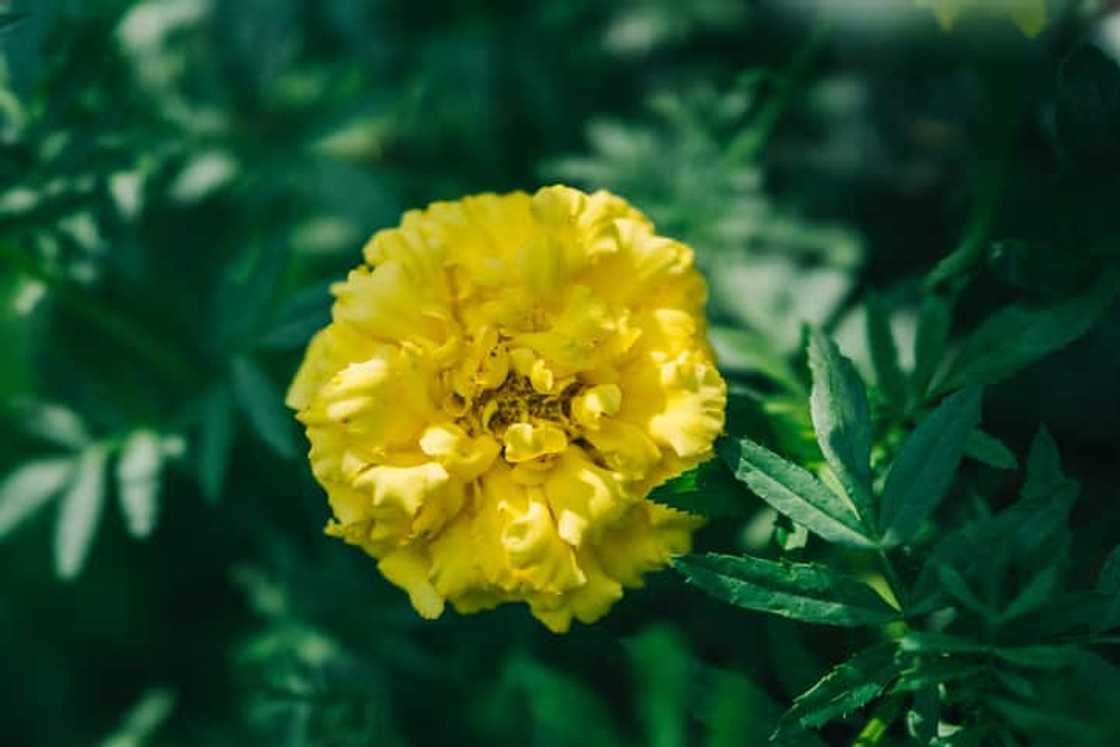
Source: Getty Images
The flower for October is traditionally the marigold and the bright cosmos, embodying the essence of autumn. Marigolds, with their vibrant orange hues, symbolise a strong will and determination to succeed.
These hardy flowers, associated with autumn, thrive amidst the changing seasons. Cosmos, representing peace and tranquillity, expresses deep emotions like sincerity, loyalty, and everlasting love.
November – Chrysanthemum
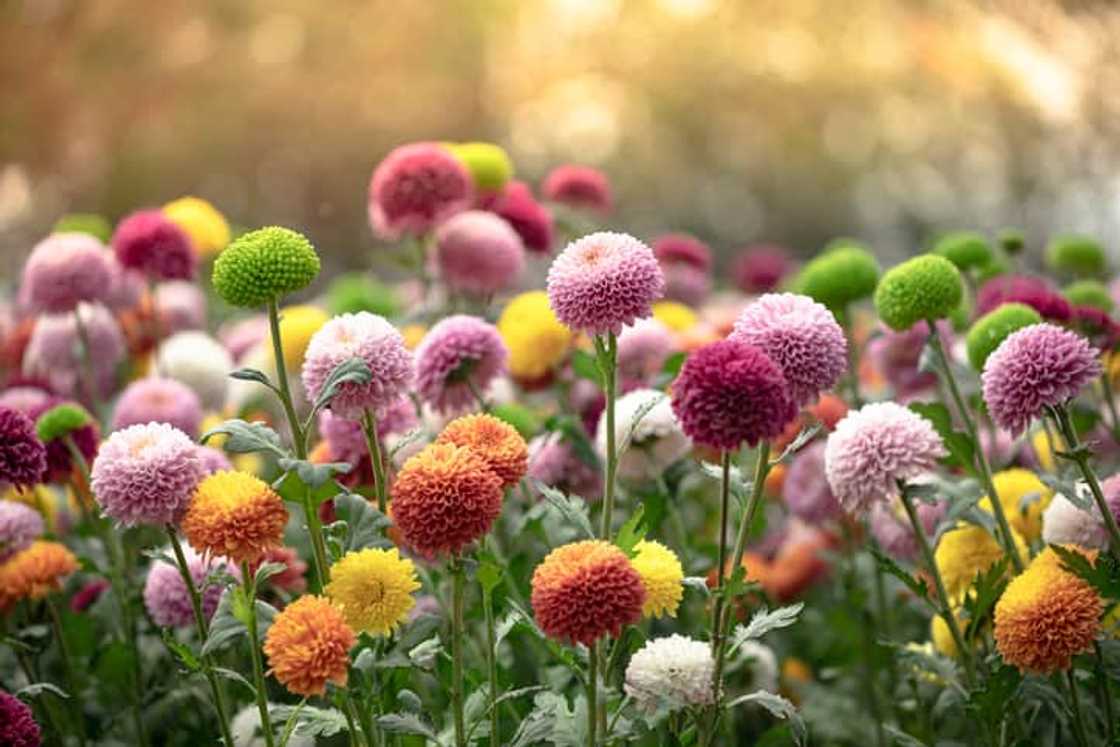
Source: Getty Images
The chrysanthemum is the November birth flower. These versatile flowers in various bright colours symbolise well wishes, good luck, joy, and happiness. November-born individuals are adorned with chrysanthemums that bring a sense of celebration and positivity.
The unique appearance of chrysanthemums, with clustered petals forming a circular shape, adds to their festive and vibrant symbolism. As November heralds the transition to winter, chrysanthemums carry a spirit of joy and well-being.
December – Narcissus and Holly
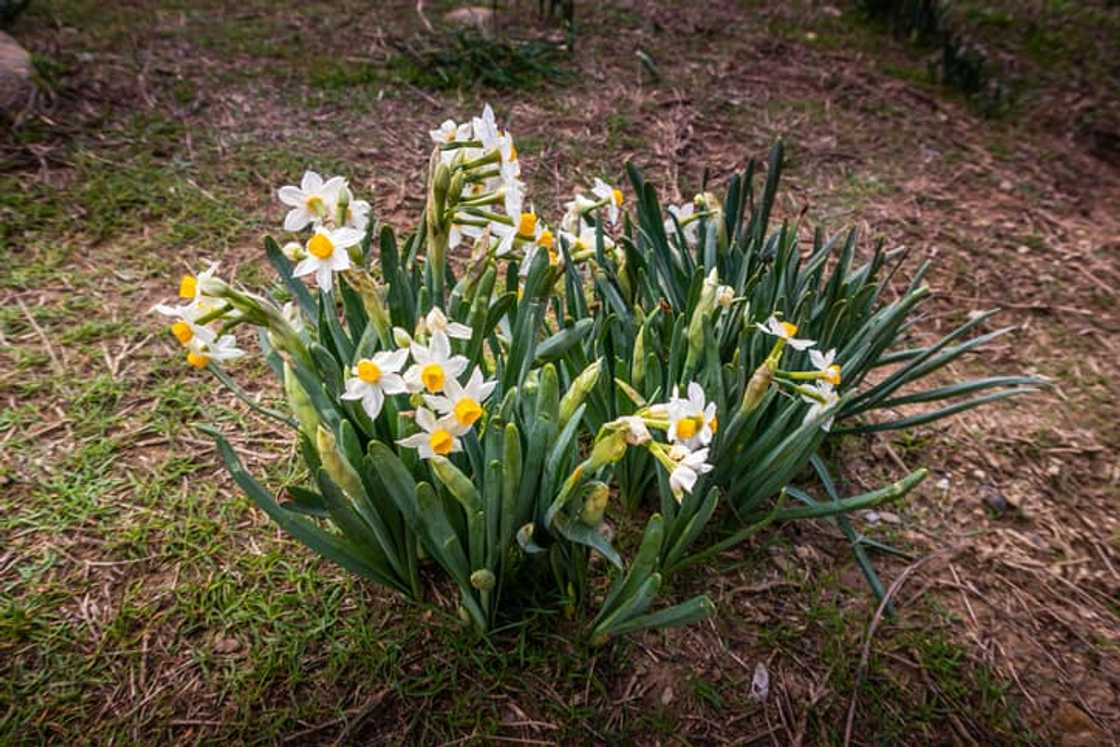
Source: Getty Images
December, marked by festive celebrations, introduces the narcissus and holly as its birth flowers. Narcissus, cheerful yellow flowers named after a character from Greek mythology, symbolise new beginnings, rebirth, and rejuvenation.
Beyond their association with vanity, narcissus flowers embody faithfulness and the promise of reliable blooming year after year. Holly symbolises strength and protection with its evergreen leaves and vibrant red berries.
What is the spiritual meaning of flowers?
This often depends on the individual's religion and belief systems. According to the holy Bible, Christians associate flowers with virtues like love, faith, and hope.
From the above, one can tell the significance of the birth flower for each month. Individuals who like to understudy themselves and the people around them to build healthy social and interpersonal skills can make this a part of their research development.
READ ALSO: 120+ Happy New Year 2024 wishes, quotes, messages, images
As published on Briefly, many people perceive the New Year celebrations as a new beginning. They renew their promises and make new decisions.
Reminding people how important they are to you is one way of expressing gratitude. It also proves that you still want to be part of their lives.
Source: Briefly News






